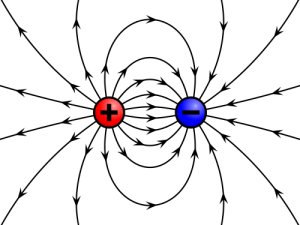
For example, Sarah Zielinski wrote a post discussing how a group of creationist students from Liberty University visits the Smithsonian’s National Museum of Natural History every year. She then mentions the “other side,” where a secular group of students from Indiana University visited the Creation Museum. She posts a video that the students made, and not surprisingly, rather than trying to address the evidence set forth in the museum, the students simply try to mock it. After the visit, the students stop at a restaurant about 10 miles away, and one of them says:
If there is a nexus of all the misinformation and propaganda against science and progressive education it is about 10 miles…education in general…it’s about 10 miles down the road.
Well, when the Smithsonian’s marketing department wanted to depict a dinosaur, it chose one from this nexus of misinformation. Not surprisingly, this hasn’t gone over well with some in the atheist community. For example, “The Friendly Atheist” mentions the founder of the museum, Ken Ham, saying:
*Sigh*
You win this round, Ham…
Smithsonian people, I know it’s just a picture of a random dinosaur and you would never endorse Creationism garbage, but you’re getting the image from people who wrongly believe dinosaurs lived with people.
To me, it’s not surprising that the Smithsonian unwittingly used a picture from the Creation Museum. While there are things in the Creation Museum with which I strongly disagree, overall, I found it to be significantly more scientifically accurate than most museums, including the Smithsonian’s National Museum of Natural History. Thus, it’s not surprising to me that they found one of the Creation Museum’s dinosaur models to be an accurate depiction of a dinosaur.




